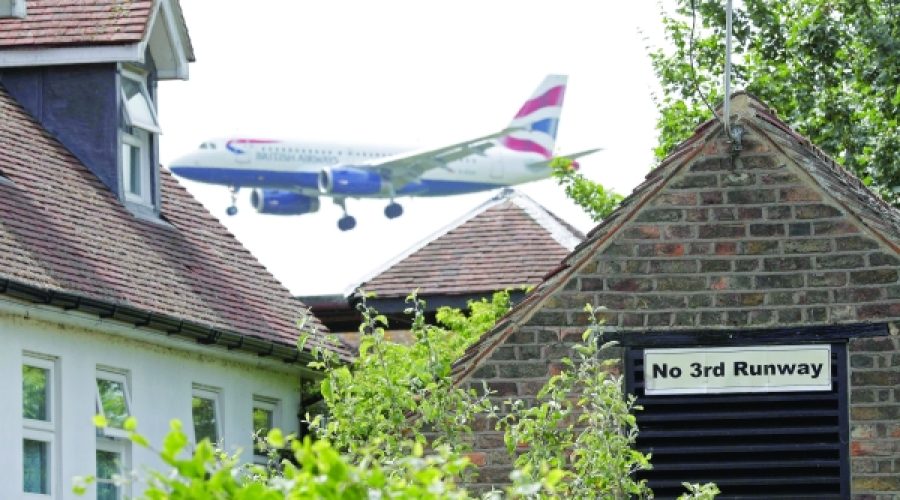Heathrow’s £49 Billion Expansion Plan: What It Means for Investors and Businesses in Aviation and Infrastructure
LONDON – Heathrow Airport has unveiled a £49 billion expansion plan, which includes the construction of a long-awaited third runway. This project received approval from the UK government following years of legal challenges.
The new runway, estimated to cost £21 billion, is expected to become operational within the next decade. The remaining investment, privately funded, will focus on expanding and modernising the airport’s facilities.
As Europe’s busiest airport by passenger volume, Heathrow expects the expansion to introduce at least 30 new daily routes, enhance domestic connections, and improve flight schedules. The increased capacity is projected to nearly double annual passenger numbers from the current 84 million to as many as 150 million.
Heathrow’s Chief Executive, Thomas Woldbye, emphasised the urgency of the expansion, stating, “It has never been more important or urgent to expand Heathrow. We are effectively operating at capacity to the detriment of trade and connectivity.”
Despite opposition from environmental groups, local residents, London Mayor Sadiq Khan, and some Labour MPs, the Labour government endorsed the third runway in January to support UK economic growth.
This expansion will be one of the few major airport developments in Europe, where countries are often balancing the need to reduce greenhouse gas emissions with growing demand in the aviation sector.
Heathrow has formally submitted its proposal for the 3,500-metre runway to the UK government, which has also invited competing proposals. — AFP
Special Analysis by Omanet | Navigate Oman’s Market
Heathrow’s £49 billion expansion signals a strategic push to enhance global connectivity, which could prompt increased opportunities for Omani businesses in logistics, tourism, and trade. However, the scale of investment and environmental concerns highlight risks tied to regulatory and sustainability challenges. Smart investors and entrepreneurs in Oman should position themselves to leverage improved access to European markets while monitoring the evolving regulatory landscape for green and transport sectors.



